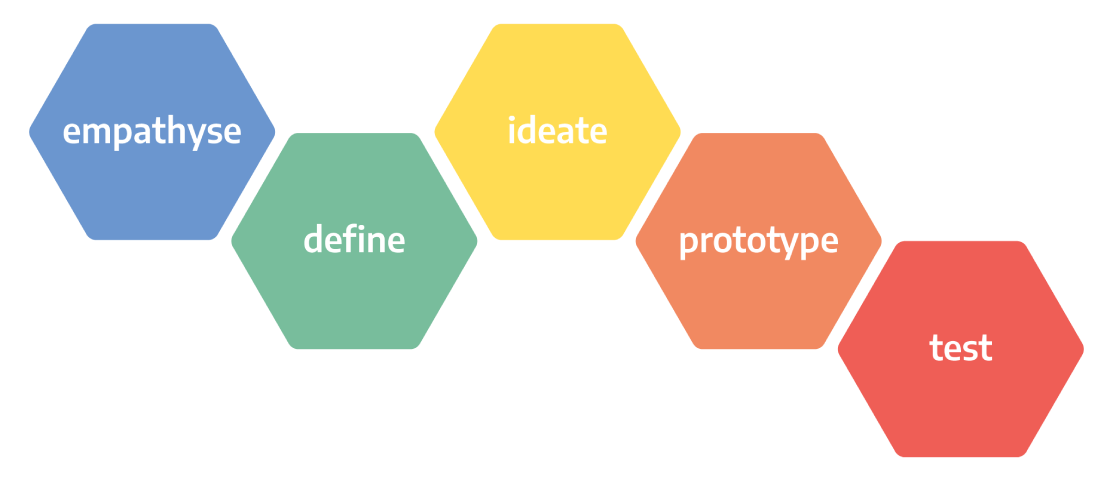What sort of technology projects can it be used for?
Design thinking can – and should – be applied across a broad spectrum of technology projects. Outcomes can vary in scale and impact.
Recently, for instance, we implemented software for a client with a number of field employees, which brought all aspects of the business’ operations into a single solution. It became clear the system’s standard ‘scheduling’ feature wasn’t going to meet users’ needs when in the field. Using design thinking, we completely redesigned the interface of this component so it was tailored around existing workflows – significantly enhancing its usability and success.
Sometimes, design thinking can just mean small things – like shortcuts, or personalised behaviours – that make a system feel easier to use and can consequently make a big difference. This may include ensuring menus and fields are grouped appropriately, or using the right terminology/language throughout a system to ensure clarity and familiarity.
A few years ago, we delivered a small-scale design improvement for Queensland Health which resulted in a significant productivity improvement. Time-poor doctors were using an existing system to review individual child health cases and determine next steps. Each case file needed to be opened, saved, and closed individually, which was proving time consuming. Upon review of this process, we implemented a ‘save and next’ button, enabling doctors to skip directly from one file to the next – saving considerable time and improving outcomes for all.


